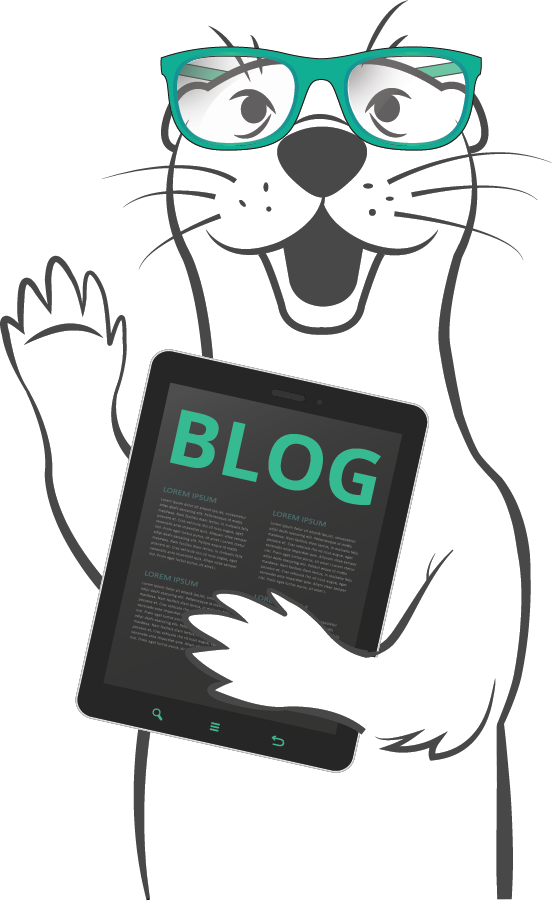Home > Blog > Event-Driven Integration
Subscribe to Our Blog
Get the latest trends, solutions, and insights into the event-driven future every week.
Thanks for subscribing.
As enterprises confront increasingly distributed, heterogeneous environments, integration has reemerged as a strategic imperative. Thought leader David Linthicum recently sat down with Solace Field CTO Jonathan Schabowsky to explore how organizations can modernize their integration strategies to unlock the full value of their data—especially in a world rapidly shaped by AI and event-driven architecture.
You can watch the webinar on-demand below.
David opened the session by framing integration as the central challenge of our time. Not because it’s new, but because the complexity of today’s distributed systems has reignited the need for smart, scalable integration frameworks.
“It’s not just about moving data anymore—it’s about reacting to it in real time.”
Jonathan echoed this view, drawing from two decades of experience helping enterprises—from the FAA to Danone—break down silos and embrace event-driven strategies. His message: The tools have gotten way better, but the mindset still needs to evolve.
Why Legacy Integration Falls Short
Jonathan reflected on the shift from synchronous, API-led designs to event-driven models—especially in environments that demand real-time data exchange. Too many organizations are still trying to “pull” data on demand rather than stream, filter, and react in real time. This leaves many organizations facing challenges such as:
- Data fragmentation — As organizations adopt a mix of SaaS, on-premises, and legacy systems, critical information ends up scattered across disparate environments. Each platform often has its own data model, governance rules, and access protocols, making it difficult to build a unified view. This fragmentation slows decision-making, complicates compliance, and creates barriers to AI initiatives that depend on broad, timely access to data.
- Vendor lock-in — Many enterprises have invested heavily in a single integration platform, only to find themselves constrained as business needs evolve. These platforms may offer limited support for modern patterns like event streaming, struggle with real-time use cases, or come with rising licensing and operational costs. As AI and digital transformation initiatives take priority, organizations find themselves boxed in by tools that can’t keep up.
- Over-engineering — In a rush to design the “perfect” integration architecture, teams often end up paralyzed by complexity. Large-scale integration blueprints may look good on paper but fail to deliver early value. Meanwhile, the business waits. A more effective approach is to deliver incremental value—starting with high-impact use cases—while building toward a broader event-driven foundation over time.
Modern Strategies for Distributed Enterprises
Organizations today aren’t just struggling with technical debt—they’re also constrained by integration strategies that weren’t designed for a real-time, multi-platform world. To succeed, enterprises must rethink not only the tools they use, but the mindset they bring to integration. Jonathan’s playbook for success includes:
- Start with a high-impact use case — Instead of trying to overhaul everything at once, begin with a specific integration scenario that delivers measurable value. This helps build momentum and justify further investment.
- Focus on valuable data first — Prioritize the data assets that have the widest utility across teams and use cases. These high-leverage data sets should guide integration efforts and serve as a north star for success.
- Think stream-first — Move away from polling or batch access models and design your systems to react to data changes as they happen. This shift enables more timely, dynamic, and responsive business processes.
- Federate intelligently — In large enterprises, no single broker can meet every need. Use an event mesh to connect multiple brokers across sites, clouds, and environments, allowing seamless data movement at scale.
- Democratize your data — Visibility is critical. Make it easy for teams to discover, understand, and subscribe to event streams using tools like an event portal—just as they would with REST APIs in a developer portal.
Real-World Outcomes
Theory is one thing—execution is another. Jonathan shared how leading enterprises are turning modern integration strategies into measurable business outcomes, often with transformative results.
- JDE Peet’s initially approached integration from a purely technical angle but found greater success by focusing on productivity and real-time data flow. By breaking up long, orchestrated iPaaS flows into smaller, event-driven components, they created reusable outputs that supported broader use and enabled agentic AI to act on data as it was produced.
- Danone modernized its food manufacturing operations by deploying real-time, event-driven APIs across its legacy and SaaS systems. This allowed them to unify operations across factories and integrate seamlessly with AI-enabled manufacturing processes.
- The FAA tackled the challenge of modernizing national airspace data exchange by implementing an event-driven model early on. Their System Wide Information Management (SWIM) initiative helped liberate data across dozens of systems, enabling real-time collaboration with airlines and international aviation authorities to reduce delays and improve overall flight efficiency.
Why Solace?
While many vendors claim to support event-driven strategies, Solace stands out by combining a powerful technology platform with a clear methodology. It’s not just about tools—it’s about helping enterprises think and act differently. Solace enables:
- Real-time streaming and reaction — Through the deliberate stream, filter, react paradigm.
- Hybrid and multi-cloud readiness — With event mesh capabilities that span on-prem, cloud, and IoT.
- Data democratization — Via an event portal that complements traditional API management tools.
- Agentic AI orchestration — With Solace Agent Mesh (SAM), enabling real-time communication and coordination between intelligent agents.
Conclusion
As the complexity of enterprise environments continues to grow, integration is no longer a back-office concern—it’s a boardroom priority. Whether the goal is enabling agentic AI, streamlining cross-platform workflows, or simply making better use of existing systems, success starts with rethinking how data moves.
This webinar made one thing clear: modern integration isn’t just about connecting systems. It’s about creating an architecture that can react to change, scale across platforms, and deliver business value in real time. By focusing on practical strategies, real-world use cases, and a forward-looking approach to event-driven integration, Linthicum and Schabowsky offered a roadmap for any organization looking to modernize.
Watch the Webinar
Explore other posts from category: Event-Driven Integration

Anna is a senior product marketing manager at Solace, with over 15 years of experience in enterprise software, driving product adoption and market penetration for integration and API management products. She loves crafting messaging and compelling narratives that build brand authority. With a passion for innovation, Anna enjoys collaborating with cross-functional teams to successfully launch campaigns that enhance product visibility and drive revenue growth – all while helping organizations navigate the complexities of digital transformation.


Subscribe to Our Blog
Get the latest trends, solutions, and insights into the event-driven future every week.
Thanks for subscribing.

